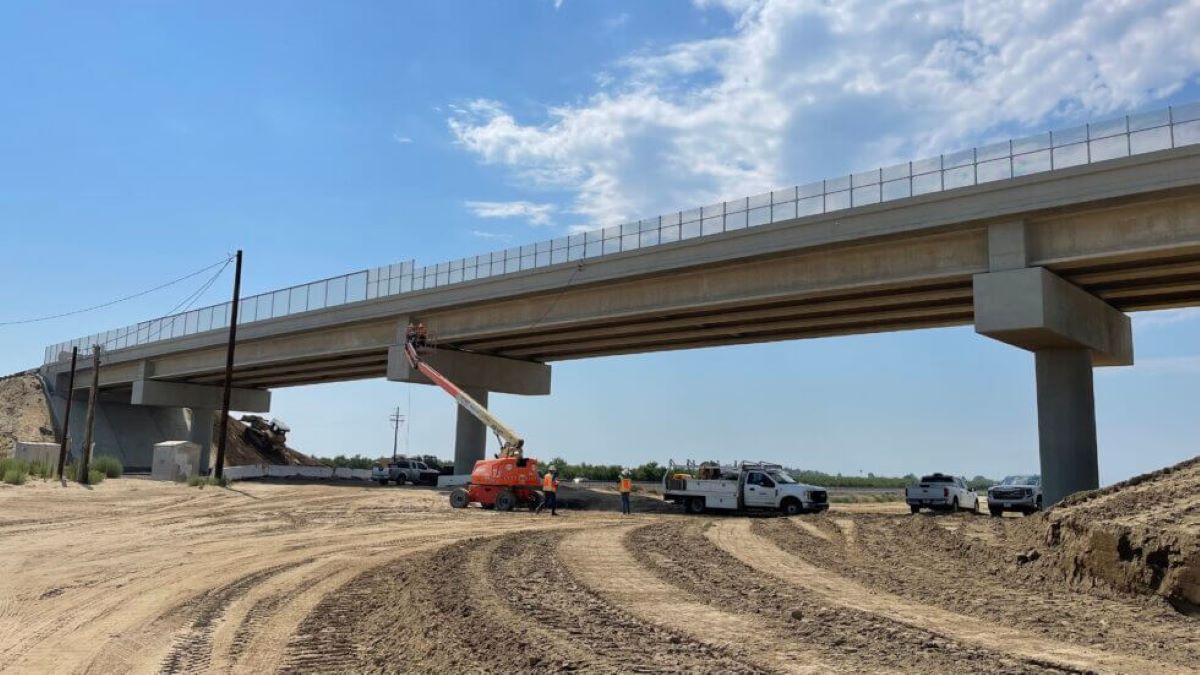The California High-Speed Rail Authority has recently unveiled the completion of two new overcrossings in the Central Valley.
Situated at Mountain View Avenue and Floral Avenue in Fresno County, these overcrossings are integral parts of the ongoing initiative to establish a high-speed rail system in the state.
The Mountain View Avenue overcrossing stretches out to 381 feet in length and 40 feet in width, while the Floral Avenue overcrossing covers over 368 feet in length and also spans 40 feet in width.

These structures are specifically designed to carry vehicular traffic over both existing railroad tracks and future high-speed rail tracks, effectively eliminating the necessity for at-grade crossings. This design is projected to heighten safety by minimizing the risk of accidents and enhance traffic flow by easing congestion.

“Safety is our top priority throughout and following the construction of the high-speed rail project,” emphasized Garth Fernandez, the Central Valley Regional Director of the authority. “Grade separations play a vital role in ensuring safety within the surrounding communities during future operations.”
These separations not only eliminate existing at-grade crossings, improving safety for vehicular traffic, but they also work towards reducing congestion and cutting down greenhouse gas emissions resulting from idling vehicles,” added Fernandez.
This achievement in constructing the overcrossings is a part of the larger mission to create an eco-friendly high-speed rail system, a project that has been underway since it was approved by California voters in 2008.
Phase 1 of the project, intended to link San Francisco and Los Angeles via the Central Valley with a 200-mile-per-hour train service, was initially planned to cost $32 billion and be operational by 2020. However, the timeline and budget have undergone multiple revisions and delays.
The initial phase, known as the ‘Initial Operating Segment,’ comprises the Central Valley segment, aiming to construct 171 miles of electrified high-speed railroad between Merced and Bakersfield, expected to be operational between 2030 and 2033.
Present estimates suggest that completing the Bakersfield to Merced line alone could cost approximately $35 billion, while the Los Angeles to San Francisco route could require an additional $100 billion.
Construction commenced in 2015, with $11.2 billion already utilized for planning and construction by June 2023.
Currently, there are 119 miles of the Initial Operating Segment actively under construction at 25 sites in the Central Valley.
In a recent development in July, the authority successfully obtained environmental clearance for a stretch of proposed track connecting Los Angeles and the Central Valley, marking the entire rail route from Los Angeles to the Bay Area as approved.
For further information, inquiries have been directed to the California High-Speed Rail Authority.
